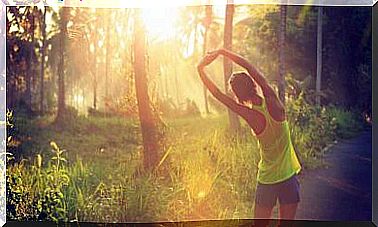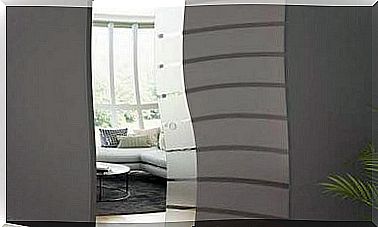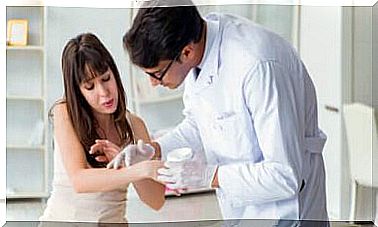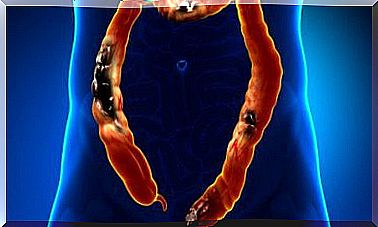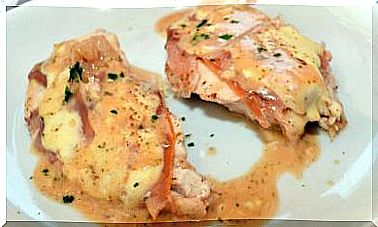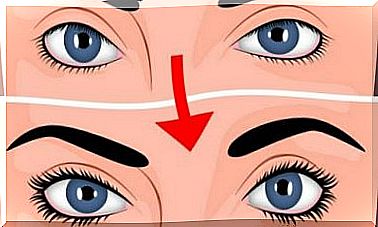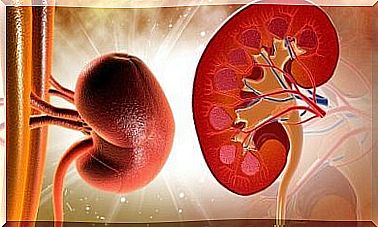Rotator Cuff Tear: Stages Of Rehabilitation
Following a rotator cuff tear, the ideal rehabilitation program is one that promotes better tendon healing and prevents stiffness at shoulder level.
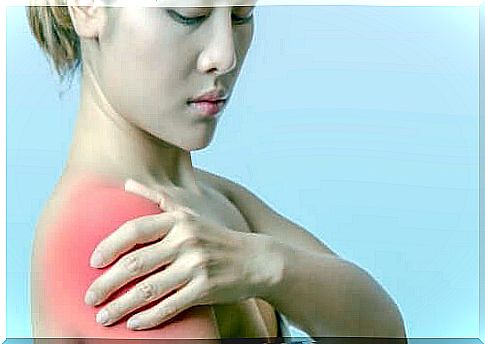
The rotator cuff is a group of muscles and tendons that surround the shoulder joint. A tear in the rotator cuff can cause a dull pain in the shoulder, which often gets worse when lying on the side of the body where the affected shoulder is.
The risk of having a rotator cuff injury increases with age.
Symptoms of rotator cuff tear
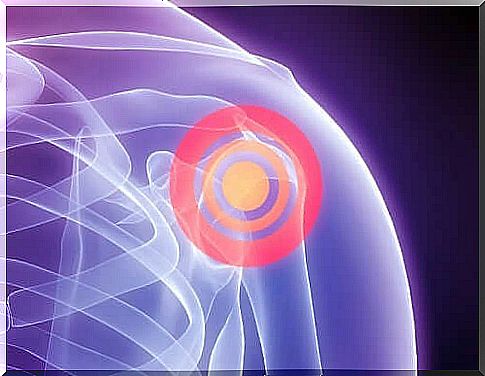
Pain from rotator cuff injury can manifest itself in a number of ways, including:
- dull ache deep in the shoulder
- impaired sleep, especially if sleeping on the side of the affected shoulder
- difficulty styling or touching the shoulder
- feeling of weakness in the arm
The stages of rotator cuff treatment
After rotator cuff restorative surgery, post-operative rehabilitation should begin on the basis of close communication between the trauma physician and the rehabilitation physician.
The ideal rehabilitation program is one that promotes the best healing of the tendon while preventing stiffness in the shoulder. Whatever rehabilitation program is chosen, it is important that this program takes into account that each case is unique, so that the patient obtains good results.
Personalized rehabilitation
The stages of rehabilitation should be personalized according to the following criteria:
- type and size of the rotator cuff tear
- fabric quality
- surgical technique used
- reliability of the remedial intervention
- age
- activity level
- patient’s personal goals
Patients with a major tear are more likely to recur. Therefore, these patients must follow a slower rehabilitation protocol in order to protect the reconstructive surgery performed.
Conversely, patients who, after the operation, present a risk factor for shoulder stiffness need early mobilization in order to prevent this complication.
The stages of rehabilitation are based on the periodic evaluation of the patient. The latter should also follow a home exercise program at each stage of rehabilitation.
Rotator cuff rehabilitation programs
There are 2 types of programs:
1. The conservative program
This program extends the treatment phases from two to four weeks in order to minimize tissue stress and facilitate healing.
In principle, patients over the age of fifty and those with a major injury (more than one affected tendon and / or poor tissue quality) should follow a conservative rehabilitation program.
2. The accelerated program
The accelerated rehabilitation program advances each phase of treatment by two to four weeks. This treatment is therefore ideal for patients whose risk of a new tear is absent and for those who need early treatment.
In short, this rehabilitation program is perfect for patients under the age of fifty and for those with a minor injury (only one affected tendon and good tissue quality).
Stages of rotator cuff tear rehabilitation
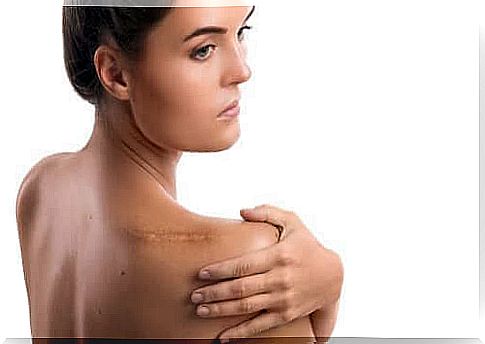
The rehabilitation of the rotator cuff following arthroscopy consists of four stages.
Step 1: immediate postoperative step
This stage is that of maintaining and protecting reconstructive surgery (0-4 weeks). It must be immediate:
- have an immobilization splint for the shoulder in slight abduction and internal rotation
- sleep on the splint in a reclining chair and with a cushion under the arm
- remove the splint only during toilet and rehabilitation exercises
- resort to cryotherapy
- do pendulum exercises
- perform active exercises for the elbow, wrist and hand (full joint row)
- doing spinal stretches
Step 2: protection and active mobilization protected
The second stage is that of the progression from a passive movement to a functional active movement (4-10 weeks):
- after 4 weeks: passive mobilization in the supine position
- after 6 weeks: complete passive mobilization and start of active-assisted mobility, then active
- after 8 weeks: scapulothoracic and isometric exercises in closed kinetic chain, and propioceptive exercises in open kinetic chain
Step 3: early strengthening
This stage is the start of muscle building (10-14 weeks). The objectives are as follows:
- full active mobility
- muscle strength, power and resistance
- neuromuscular and propioceptive control
- strengthening of the peri-scapular musculature
- gradual resumption of activities of daily living
Step 4: advanced strengthening
This stage is that which consists in reaching the level of functionality acquired before the injury (14-22 weeks):
- full and painless active mobility
- resumption of sports activities
- normal muscle strength, power and resistance
- resumption of all activities
